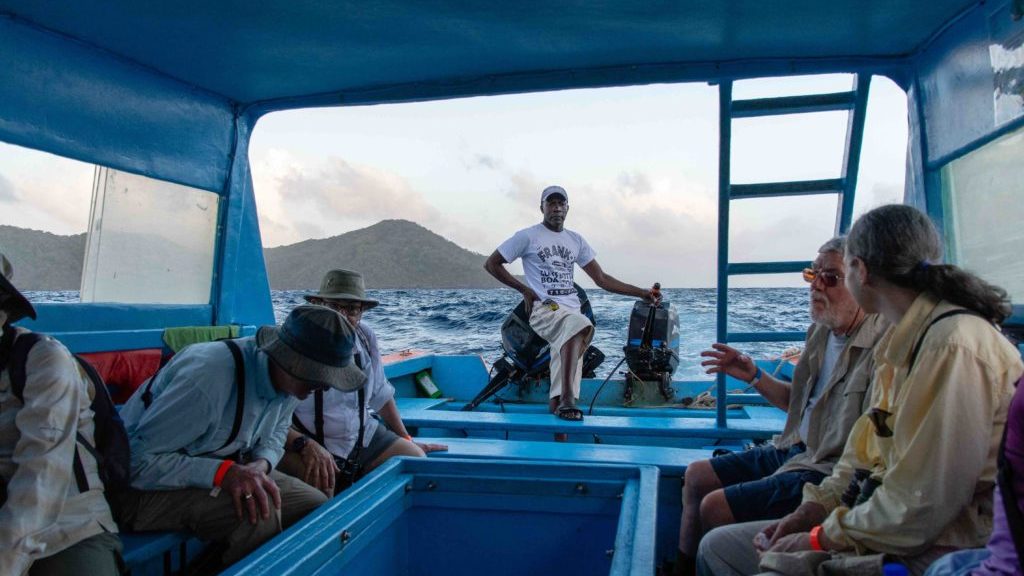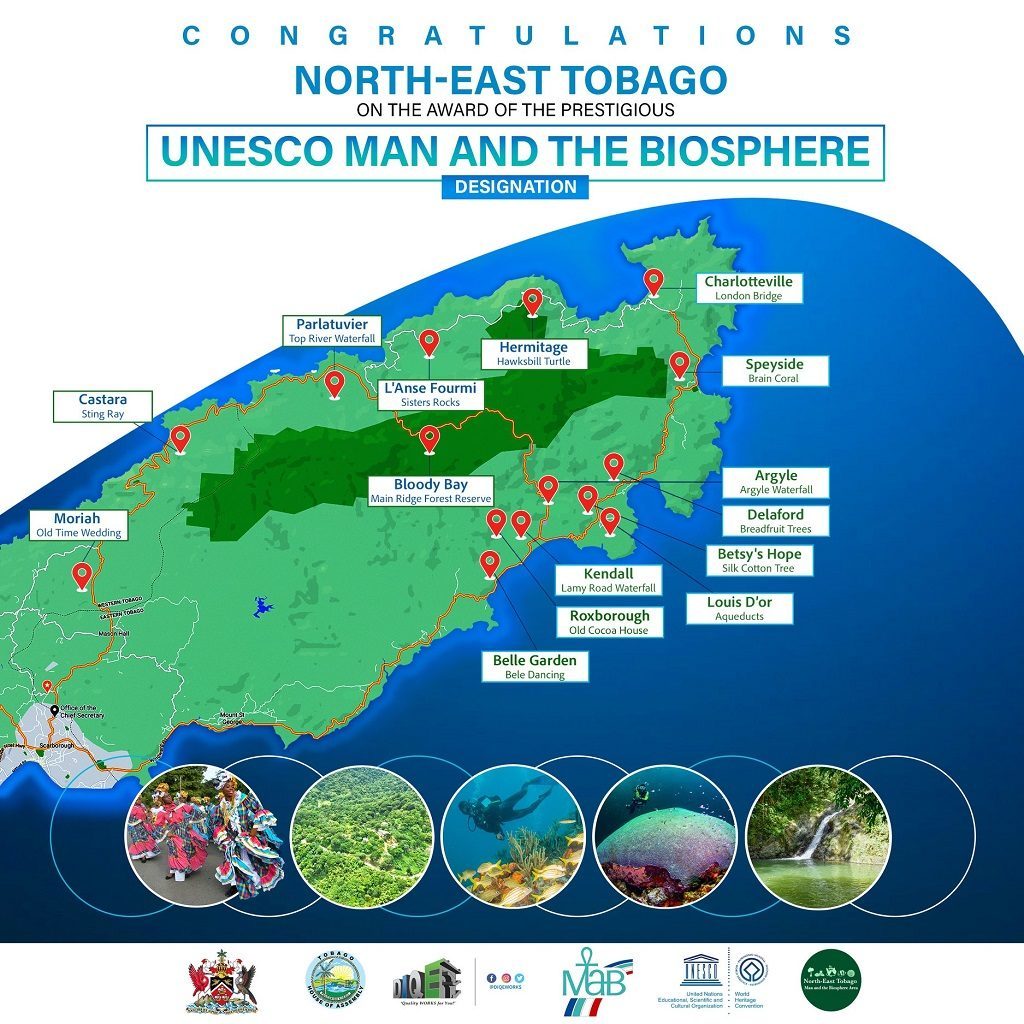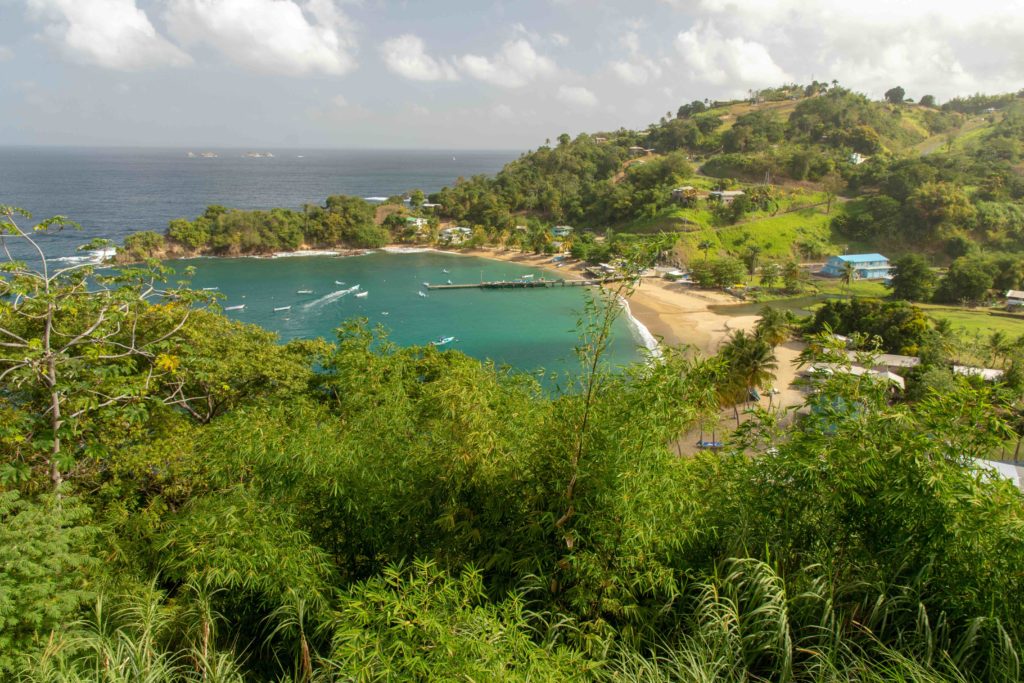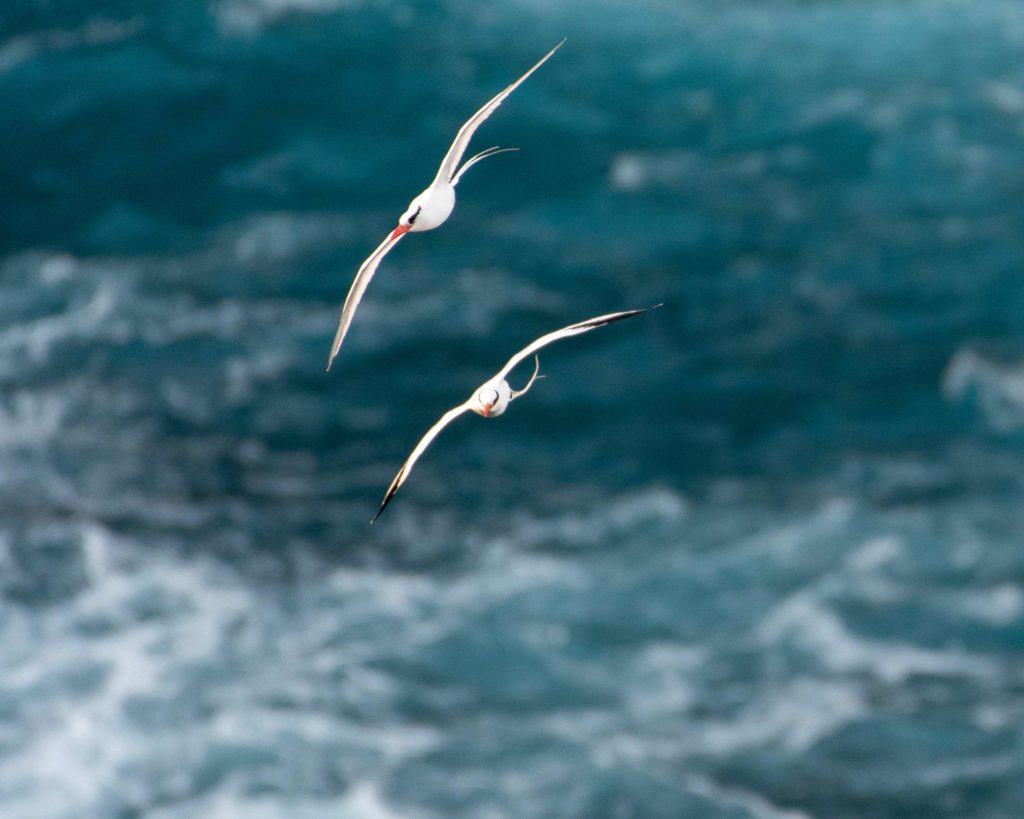Northeast Tobago Earns Valuable ‘Man and the Biosphere’ Recognition
In 1776, back when the US colonists were still beefing with King George III, Tobago gave birth to the modern conservation movement with the founding of the Main Ridge Forest Reserve, the oldest tropical rainforest reserve in the world.
Tracing Tobago’s mountainous spine, the nearly 9,800-acre rainforest reserve is one of many jewels we visit on our tours to Trinidad and Tobago.
Main Ridge is an important piece of a large area in Northeast Tobago that UNESCO described as “a rare largely intact Caribbean Island Ridge-to-Ocean ecosystem,” when it granted it “Man and the Biosphere Reserve” status in 2020.
“By joining the World Network of Biosphere Reserves, the community aims to revitalize cultural and spiritual bonds between people and nature and boost the preservation of this fragile and remarkable human and natural landscape,” UNESCO wrote in its declaration.
One of now 714 UNESCO Nature Reserves, among Caribbean sites only Guadalupe Island’s reserve is larger.
Dollars flow to UNESCO biosphere reserves
The recognition should help dollars flow into these twin island nations and help them to recover from the 16-month COVID lockdown, UNESCO noted in the declaration. Trinidad ended its lockdown in November, and visitors have begun to flow back into the islands, supporting ecotourism destinations like the ones we visit.
“Some of the expected benefits to Trinidad and Tobago include the generation of sustainable green and blue economic activities beyond tourism, including fisheries, agriculture, cultural heritage promotion, scientific research and education, among others,” the declaration said.
Fifteen communities and 10,000 people live inside the massive terrestrial and marine reserve, which envisions them working sustainably to develop Tobago while preserving its biodiversity.
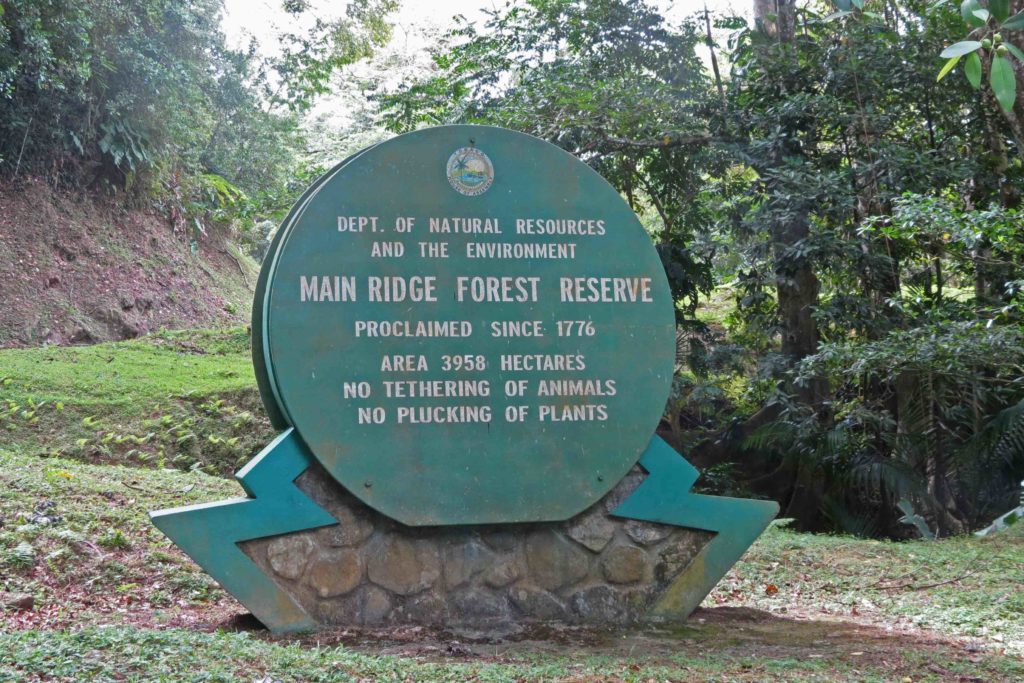
Of course nature tourists, and especially birders, knew all about Trinidad and Tobago’s wonders well before the UNESCO biosphere designation. Naturalist Journeys guests have been coming to Trinidad and Tobago for decades, and we’ve long worked with trusted local partners to explore areas inside the new biosphere boundaries, including a half-day visit to the Main Ridge Forest Reserve.
We also visit the marine portion of the UNESCO nature reserve, which encircles Little Tobago. On a glass-bottomed boat tour our guests can look down at colorful reef fish and up, to discover awesome pelagics like the Magnificent Frigatebird, Red-billed Tropicbird among many others.
As Caribbean Islands saw forests clear cut for sugarcane plantations during the colonial period, in 1776, Main Ridge was set aside “for the purpose of attracting frequent showers of rain upon which the fertility of lands in these climates doth entirely depend.”
It was the culmination of an 11-year lobbying campaign by a member of the British Parliament, Soame Jenyns, who was influenced by the work of English scientist Stephen Hales linking rainfall and forests. (The reason he suggested it was to preserve the fresh-watersheds of Great Britain’s own colonial-era plantations.)
The protection of Main Ridge was sadly an outlier. Only 10 percent of Caribbean forests remain intact, noted UNESCO in its biosphere reserve designation.
Although Trinidad and Tobago is one of the wealthiest nations in the Caribbean, its tourism sector is much smaller and less developed than its neighbors. The hope and the expectation is that the UNESCO nature reserve designation will help focus more investment not just in sustainable tourism, but in diversified industries that are compatible with protecting biodiversity.
The pandemic-driven closure of the Asa Wright Nature Centre in January of 2021 was a big blow to the tourism sector on the islands, and one that required Naturalist Journeys founder Peg Abbott to work hard to re-create our tours there.
As she wrote in a recent social media post:
“When it all fell apart, I realized I had a deep bond to place, the magic of two twin islands, a piece of South America on the one Trinidad, and the Caribbean on the other, Tobago.
“I picked up with amazing people that I’ve worked with for seven years, and we picked up the bones and we put it back together…we have survived, and we have carried on, and we offer a great post Asa Wright experience.”
One of those partners she wrote about is longtime guide Jason Radix who speaks below about the Main Ridge Forest Reserve, and discusses some of the wonderful birds we will see there.

